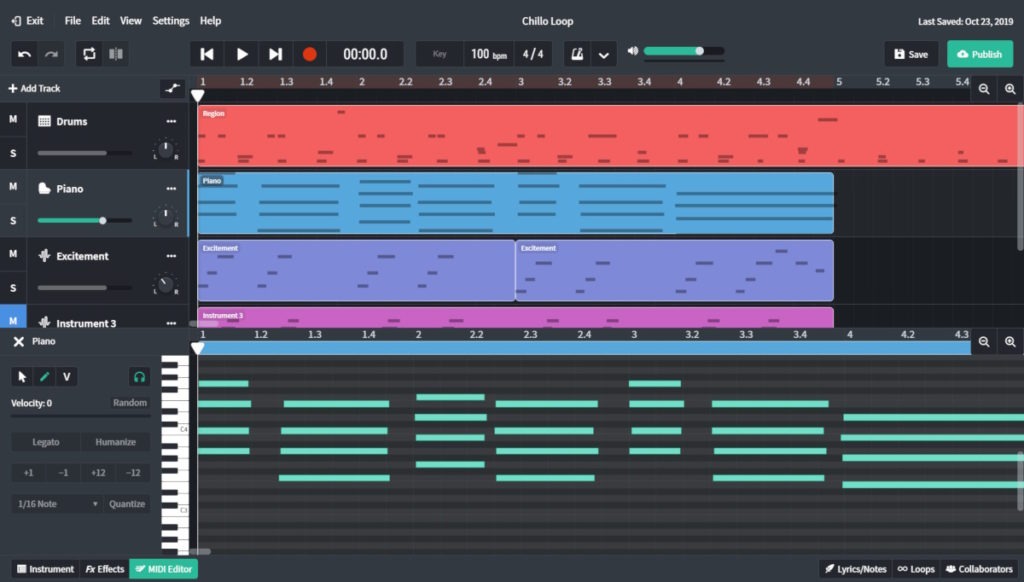


It ran on Digidesign’s hardware system, one used in the production of THE RESIDENTS. Later, in 1994, a Californian company named OSC produced a four-track editing recorder application called DECK. Thee result was the Macintosh-based Sonic Systemfetured, with complete CD pre-mastering and integrated control of Sony’s industry-standard U-Matic tape-based digital audio editor. Sonic Solutions released the first professional 48khz at 24-bit disk-based nonlinear audio editing system in 1989. Soon, people began to use them for simple two-track audio editing and mastering. Macromedia and Replay Professional, paired with Digidesign “Sound Tools” and “Sound Designer,” made audio editing and sampling possible for keyboards like the E-mu Emulator II and the Akai S900. But Technology Kept GoingĪfterwards, by the late 80s, various consumer-level computers, such as the MSX (Yamaha CX5M), Apple Macintosh, Atari ST, and the Commodore Amiga began to have enough power to handle digital audio editing. Examples of this are crossfade and performance edits to the recorded audio. The DAP software on the systems hard disks could produce simple effects. Moreover, interface cards that plugged into the PDP-11’s Unibus slots (the Digital Audio Interface or DAI) provided digital or analogue audio input and output for interfacing Soundstream’s digital recorders and conventional analogue tape recorders. Lastly, it included a video display terminal for controlling the system. Thirdly, it contained a storage oscilloscope to display audio waveforms for editing. Secondly, it had a Breagen 14″ platter hard disk drive. Firstly, it had a DEC PDP – 11/60 minicomputer running a custom software package called DAP (Digital Audio Processor). The Digital Editing System, as Soundstream called it, consisted of many components. And they used some of the most recent computer hardware pieces of that time. In 1978 they made the first commercially available digital audio tape recorders, which one can consider the first digital audio workstations. It provided commercial services for recording and computer-based editing. Soundstream was the fist audiophile digital audio recording company in the United States. For example, there were the high price for storage and the vastly slower processing and disk speeds of that time.

In the 1970s and 1980s, the early attempts at digital audio workstations (DAWs) faced some limitations. We might not know about it even though this is one of our most cherished (and necessary) tools for music production.


 0 kommentar(er)
0 kommentar(er)
